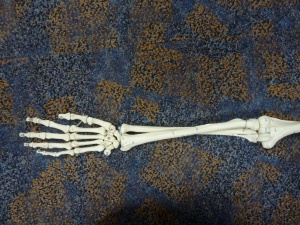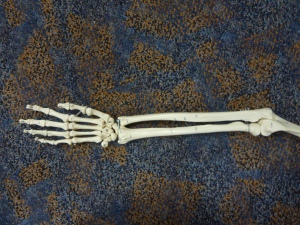Does ‘grip’ matter?
‘Grip’ means different things to different golfers. Strong or weak; overlap, interlock or ten-fingered; palm or fingers; ‘v’ pointing to chin or shoulder; long thumb or short; trigger finger or not; pressure in last three fingers/middle two fingers/thumb and pointer finger?
Whatever grip a golfer has, he/she will probably always revert to it – a grip change is perhaps the toughest change to make.
However, every golf instruction book ever written starts with a detailed description of ‘the grip’. So, does grip matter?
Considering that the hands are the first thing to depart from the ball at the start of the backswing, and the last to return to the ball – after hips, shoulders and arms, why does grip matter? The ‘mistake’ has been made much earlier in the downswing, before the hands even arrive at the ball! All slices, for instance are created by the golfer’s weight remaining on the trail leg at impact and spinning around it, instead of moving forward. The clubface cannot help but open.
The typical school of thought is that a strong grip produces a hook and a weak one a slice. Saw the famous Conrad Rehling give a demonstration of this philosophy years ago when we were both a part of the faculty at the famous Peggy Kirk Bell’s Golfari Schools. He would ask everyone to hold the clubface square with a weak grip, then raise their arms up straight above their heads and bring them down again. Amazingly, the club would come back open. With a strong grip and square clubface raised above the head then brought down, the clubface would return closed. ‘Wow, I thought, that’s magic! There really must be something to this grip business.’
However, how many golfers with weak grips still manage to hook the ball, while several with strong grips can still slice it!
The fact of the matter is, as demonstrated by Conrad Rehling but misunderstood as a ‘grip’ issue, the club opens or closes because of the position of the forearms created by the weak and strong grip positions.
The forearms have two bones which cross one-another when the forearm is ‘prone’ (palms facing backwards) and are parallel to one another when the forearm is ‘supine’ (palms facing forward). As the hands are fixed on the club, and thus ‘connected’, each forearm works to neutralize its position. So, for instance, a weak grip (of both hands) has a prone right (trail) arm and a strong grip has a prone left (lead) arm. The forearms always try to get into a position where both can become neutral in time for impact. (see pics. below, pronated forearm left, supine forearm right)


Instead of making a grip change, then, an instructor could work to simply change the rotation of the forearms, a much easier change (maybe by twisting the shoulders shut a bit for a weak grip, even if you don’t do it to the MGS extent). However, unless all other joints of the body, especially the right (trail) side shoulder, elbow and wrist joints are well-positioned during the backswing, the golfer will still retain his/her old incorrect pattern! This is why traditional golf instruction is so frustrating, it does not offer up any long-term, reliable solutions.
The Minimalist Golf Swing (MGS) makes all ‘grips’ strong, because it requires a ‘closed’ position of the whole body, which means that even a weak grip becomes less weak, or rather, both forearms become fairly neutral. All shots with the typical MGS set-up are thus baby-draws.
As regards other grip ‘issues’ such as palm or finger, trigger shaped thumb or not, all of these become ‘problems’ when people make wrist-using backswings, because wrist hinge is not a simple matter, and is never a pure ‘cock’ (radial deviation or abduction, in anatomical terms), but is inevitably accompanied by some backward wrist bend (extension), which creates problems in the forearm and shoulder positions too, for the right (trail) arm. So, the least wrist bend during the backswing, the less important a ‘perfect’ grip becomes. Wrist bend is easily created when the right (trail) elbow drops down (lags) during the downswing.









